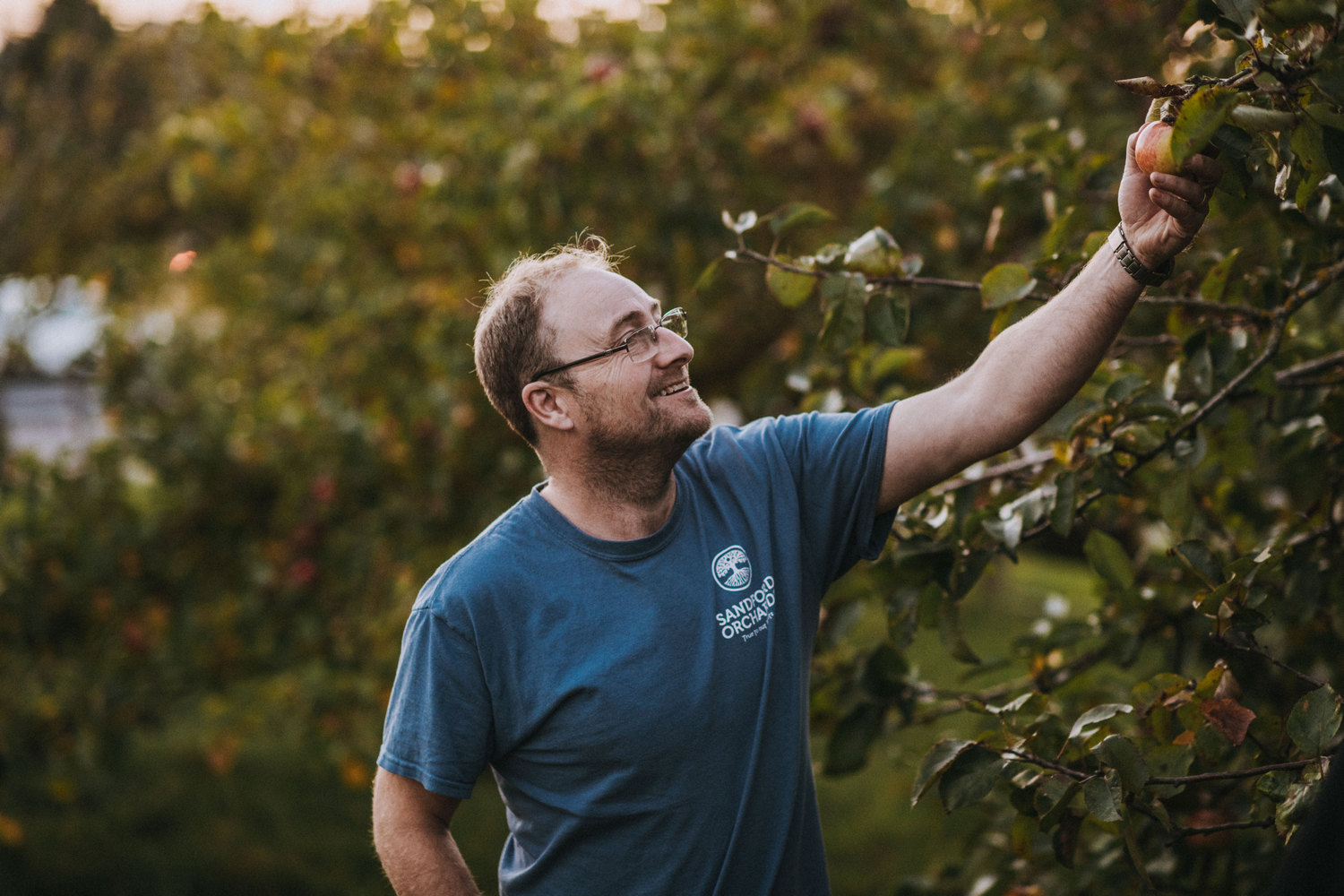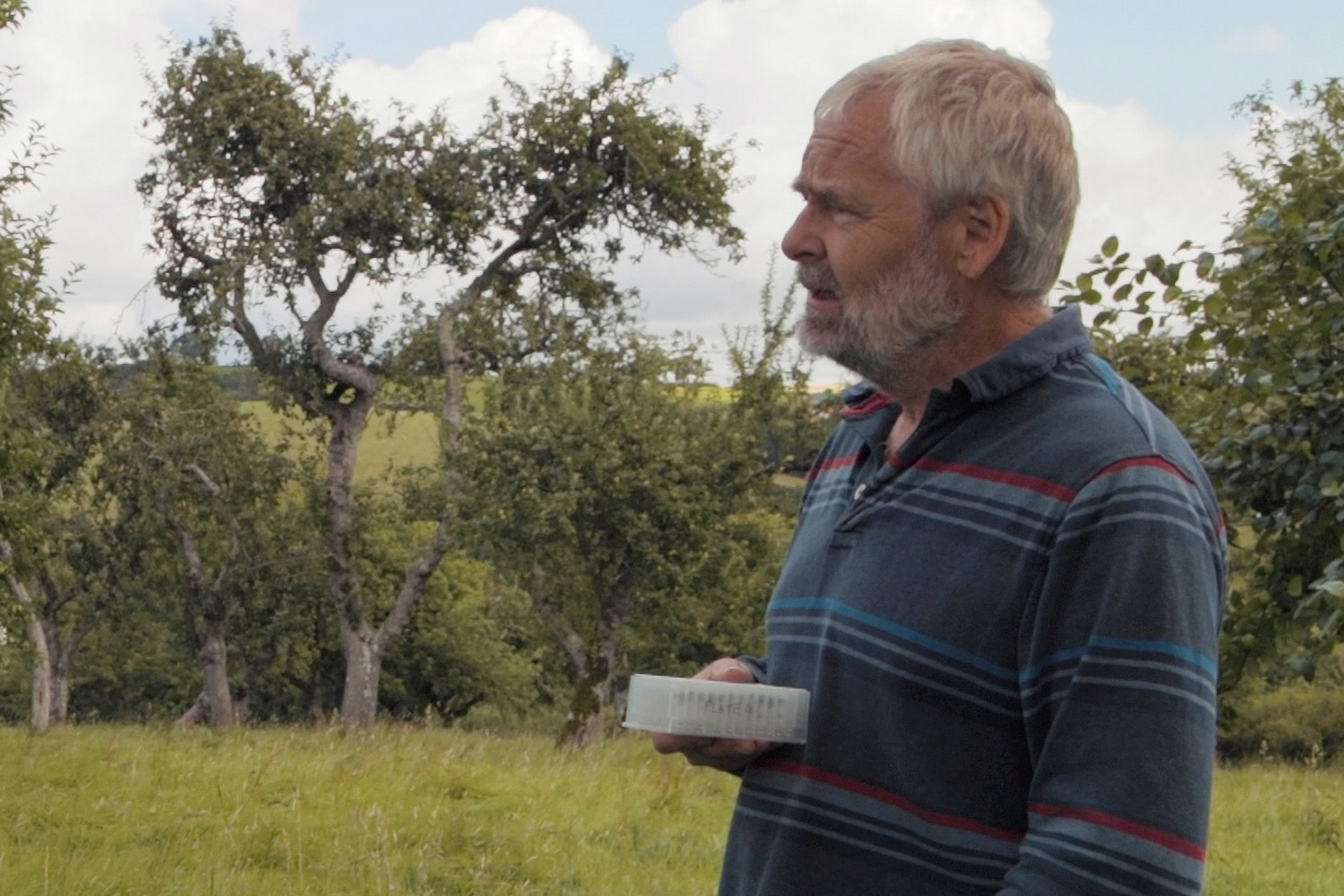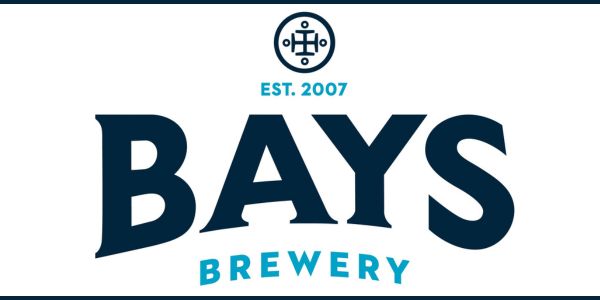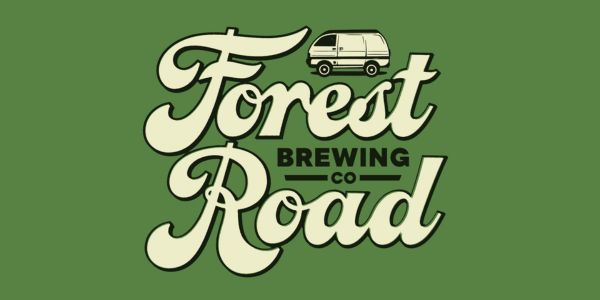Sandford Orchards is working with scientists from Bristol University to identify and preserve ancient apple varieties in its historic Devon orchards.

Barny Butterfield, chief cidermaker at Sandford Orchards
This groundbreaking research aims to fingerprint thousands of cider apple trees in order to locate and propagate unique and threatened varieties.
Barny Butterfield, chief cidermaker at Sandford Orchards, said: “Apples are at the heart of everything that we do. Our cider mill is the oldest working mill in the UK and some of our orchards are centuries old.
“We take our stewardship of these precious natural wonders very seriously and we jumped at the opportunity to unlock some of the secrets of these orchards that have long been forgotten. By mapping our apple trees, we will be able to preserve them for future generations, ensure diversity in our stock, and secure many more centuries of cider enjoyment.”
Keith Edwards, professor of crop genetics at Bristol University, is leading the new research, which aims to identify and map the nation’s traditional cider apple varieties. By punching a small hole in leaves from individual trees, his team is able to collect samples for DNA testing, while geographically tagging the particular tree using the What3Words geo-positioning system.
The team has spent the summer taking DNA samples from hundreds of Sandford Orchards’ apple trees and has been surprised by the varieties being grown in these older orchards in the Crediton area, which has long been famed for its cider.
Prof Edwards said: “We thought that, being well-established orchards, we might only find a few different cider apple varieties in each, but that has not been the case. We have fingerprinted around 400 samples and I believe there will be a great many different varieties, many of them unique.”

Prof Keith Edwards, of the University of Bristol, collecting samples from apple trees for DNA testing
Barny is awaiting the results of the research with bated breath. He said: “By using genetic-fingerprinting techniques we are able to wind back the clock. We can map a particular variety and see where it crops up in places like Devon and Somerset. That allows us to start building the picture so that hopefully we can reclaim some old varieties which make great cider.
“You only need one apple tree to propagate a whole new orchard, so once we have identified key varieties that we would like to increase our stock of, we can start planning for the future.
“Using the new techniques, we will find apples that could be important in changing the types of ciders we make. Each apple variety will behave in a certain way according to the local conditions and, by having a much better knowledge of the rich diversity of trees in our orchards, we might find wonderful cider apples which are ready to take on the challenge of a changing environment.”
As well as the environmental benefits of preserving a diverse range of apple trees for the future, Barny is also thrilled at the prospect of a renaissance of delicious single batch ciders.
He said: “So it might be that we find a tree that is the only one of its kind in the whole country. Or perhaps there’s just one in my orchard, but a few elsewhere. The great thing is, because we are mapping the trees, I am going to be able to collect enough fruit from those trees to make a small amount of single-apple cider.”
“We are keenly awaiting the results of this research, but whatever Professor Richards and his team uncover, the outcome can only be positive for the environment and for cider lovers.”









